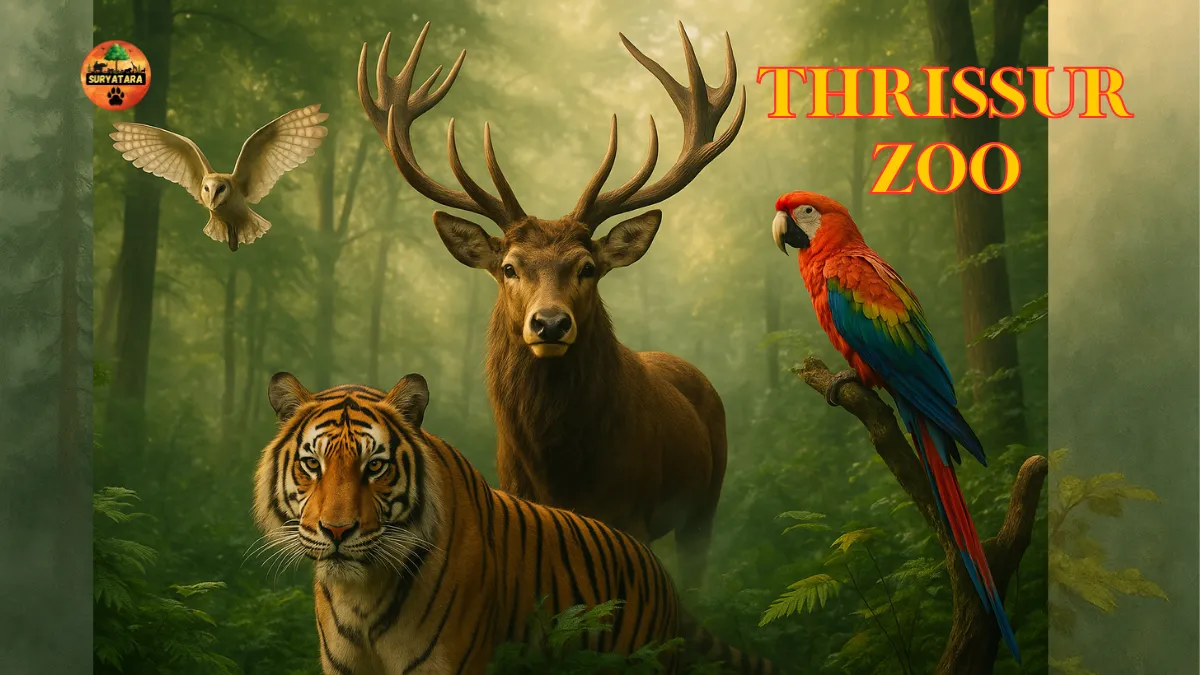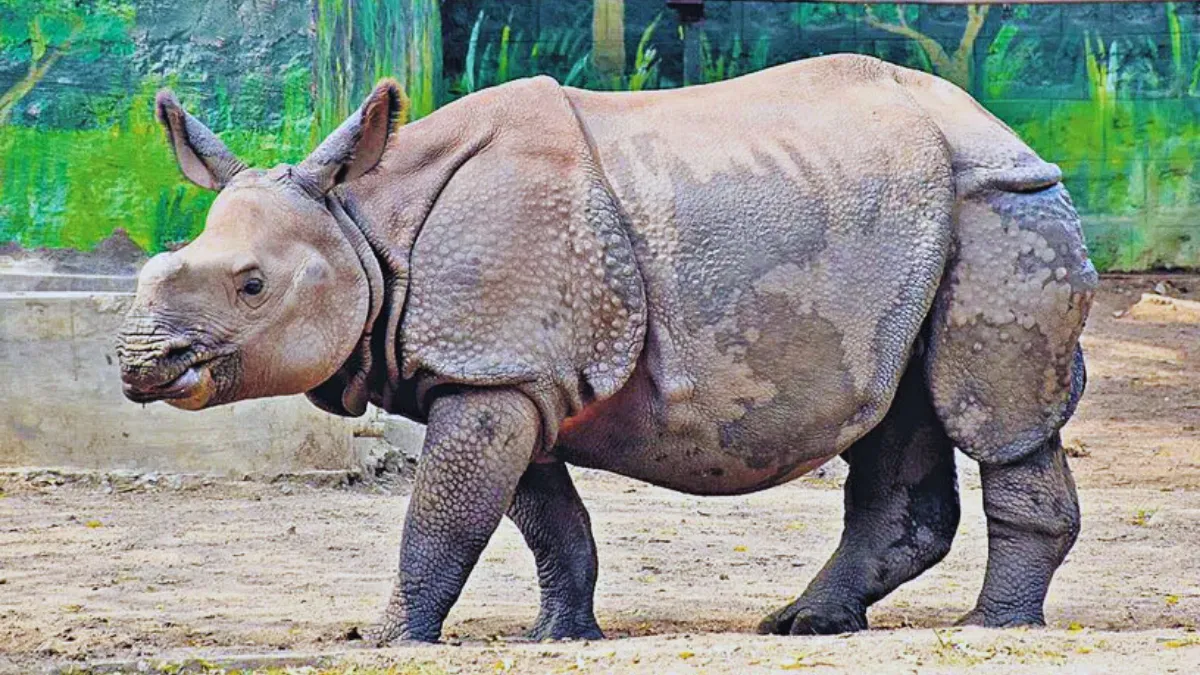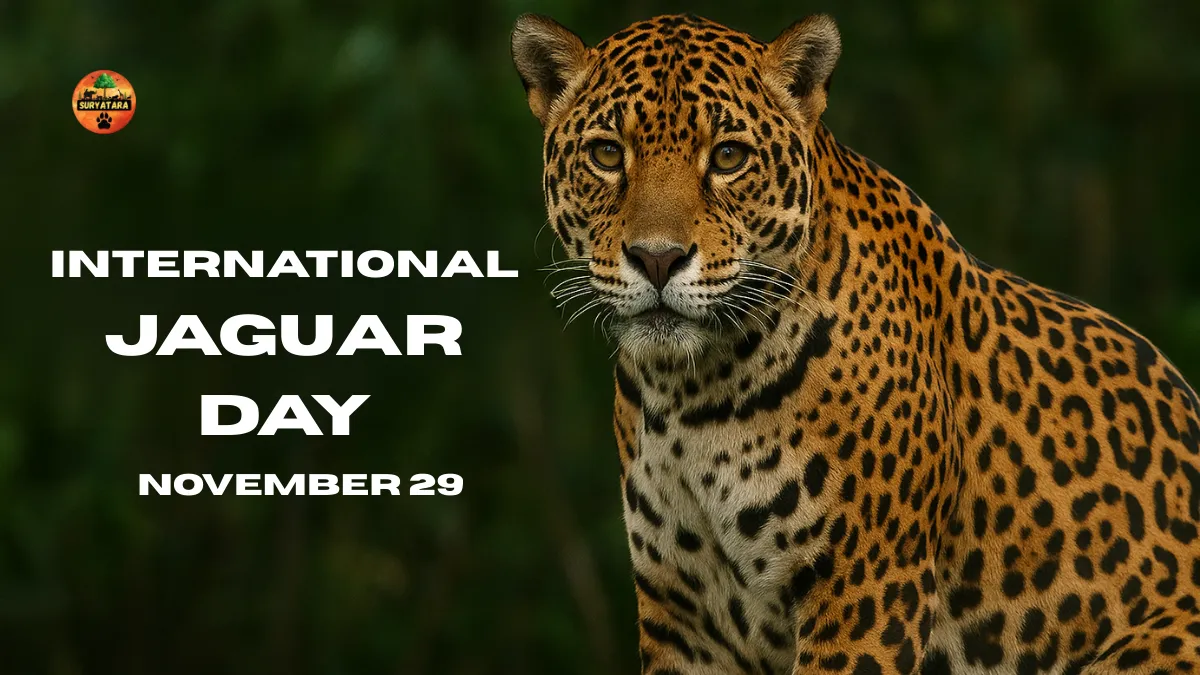Eaglenest Wildlife Sanctuary is one of India’s most pristine and lesser-known biodiversity hotspots, located in the West Kameng district of Arunachal Pradesh. At the very beginning, it’s important to note that this sanctuary has earned global fame among bird watchers, wildlife enthusiasts, and researchers due to its rich variety of species and untouched natural beauty. Whether you are an avid birder or simply a nature lover seeking peace in the wilderness, Eaglenest Wildlife Sanctuary offers an unforgettable experience.
Discovering Eaglenest Wildlife Sanctuary
Nestled in the Eastern Himalayas, Eaglenest Wildlife Sanctuary spans over an area of approximately 217 square kilometers. It is strategically situated between the Sessa Orchid Sanctuary to the east and Pakhui Tiger Reserve to the south, forming an ecological corridor that supports diverse flora and fauna. The sanctuary gets its name from the Indian Army’s Eaglenest Pass, which lies nearby.
What makes Eaglenest so special is its incredible altitudinal range—from about 500 meters to 3,250 meters above sea level. This variation in altitude allows the sanctuary to host a wide array of ecosystems, from subtropical forests to temperate and sub-alpine forests. It’s no wonder that it has become a hotspot for discovering new species, including the famous Bugun Liocichla, a bird species found nowhere else in the world.
Key Details About Eaglenest Wildlife Sanctuary
Here’s a clean and informative table highlighting the key facts about this remarkable sanctuary:
| Feature | Details |
|---|---|
| Location | West Kameng, Arunachal Pradesh, India |
| Area | 217 sq. km |
| Altitude Range | 500 m to 3,250 m |
| Best Time to Visit | November to April |
| Famous For | Birdwatching, Rare Species |
| Notable Species | Bugun Liocichla, Red Panda, Himalayan Black Bear |
| Nearest Town | Bomdila (approx. 50 km away) |
| Accessibility | Via Tezpur or Guwahati, then by road |
Why Eaglenest Wildlife Sanctuary is a Birdwatcher’s Paradise
One of the main reasons why Eaglenest Wildlife Sanctuary has captured global attention is its astounding avian diversity. Over 450 species of birds have been recorded here, making it one of the richest bird habitats in the world. The discovery of the Bugun Liocichla in 2006 by Dr. Ramana Athreya put Eaglenest firmly on the international birding map. In addition, bird species like the Ward’s Trogon, Temminck’s Tragopan, and the Beautiful Nuthatch can be spotted here.
Apart from birds, the sanctuary is also home to mammals such as the elusive Red Panda, Clouded Leopard, Himalayan Black Bear, and several species of primates like the Capped Langur and Assamese Macaque. Its rich biodiversity doesn’t end there — the sanctuary hosts countless species of butterflies, amphibians, and orchids, making it a treasure trove for naturalists.
Best Time to Visit and How to Reach
The ideal time to visit Eaglenest Wildlife Sanctuary is from November to April. During this period, the weather is pleasant, and wildlife sightings are frequent. Monsoons should be avoided as heavy rains can make the roads inaccessible.
To reach Eaglenest, travelers usually start from Guwahati, Assam’s largest city, and drive to Tezpur. From there, they proceed to Bomdila and then continue towards Lama Camp, the main entry point to the sanctuary. Though the journey requires effort, the reward is well worth it.
Also read: Jim Corbett Jeep Safari: A Thrilling Wilderness Experience
Conservation Efforts and Sustainable Tourism
Conservation has played a critical role in maintaining the sanctuary’s natural balance. Local communities, especially the Bugun tribe, have actively participated in protecting this habitat, recognizing the long-term benefits of eco-tourism. Their efforts have not only preserved wildlife but also provided sustainable livelihoods through community-run birding lodges and guided tours.
Visitors are encouraged to follow eco-friendly practices, avoid littering, and respect the sanctuary’s delicate ecosystem. By doing so, they contribute to the ongoing efforts to keep Eaglenest a paradise for future generations.
Also read: Eravikulam National Park: Kerala’s Wildlife, Trekking & Travel Guide
Final Thoughts
If you’re seeking an offbeat destination that offers tranquility, unparalleled biodiversity, and the thrill of spotting rare species, Eaglenest Wildlife Sanctuary is the place to be. It’s not just a sanctuary but a living laboratory of nature, where every visit feels like a new discovery. From the enchanting songs of hidden birds to the mist-laden forests that seem untouched by time, Eaglenest promises a soulful connection with the wild.













